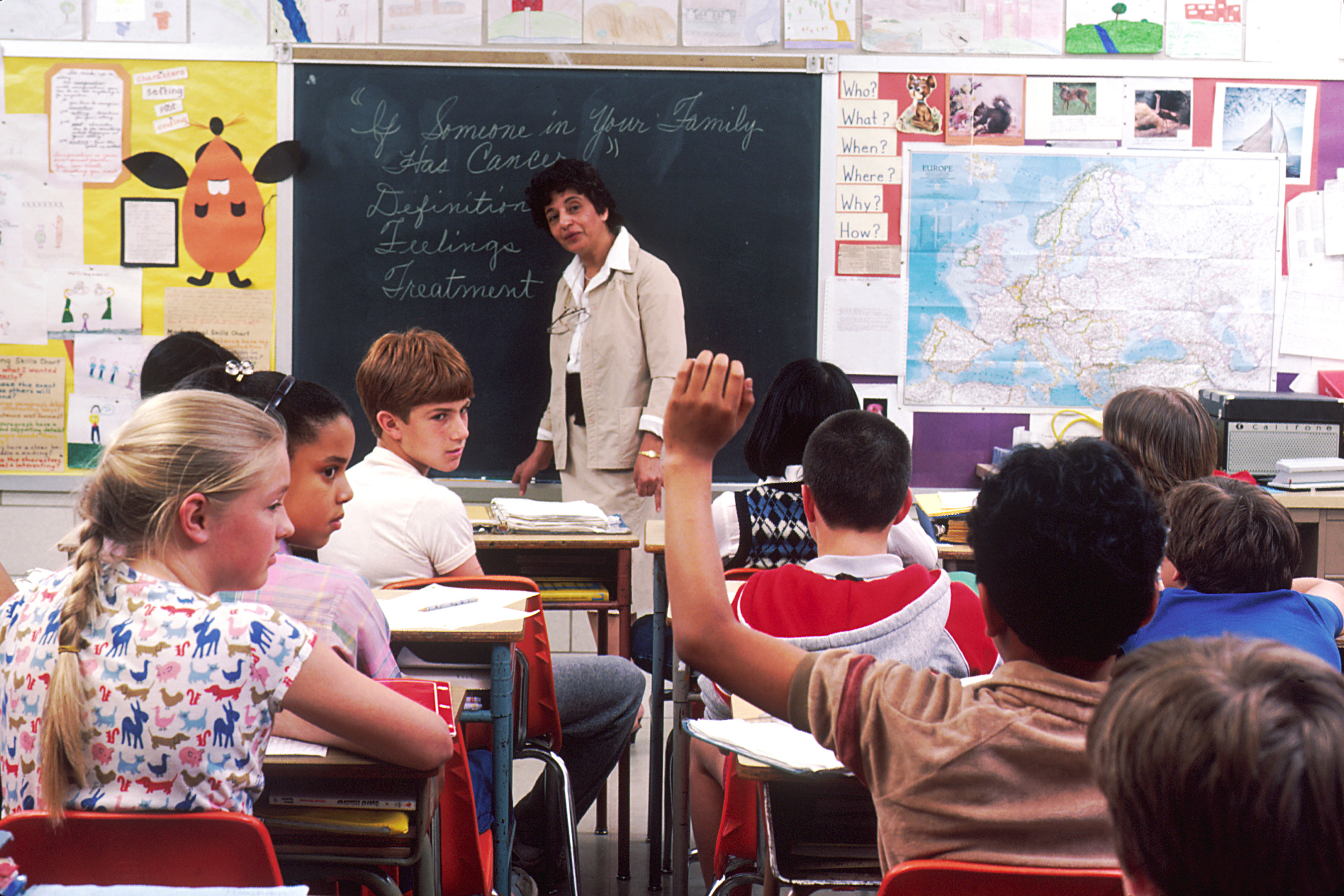
The second day, I attended the Teaching and Learning with GIS session where I was pleased to see a colleague, Mary Fargher from UCL Institute of Education, who I had collaborated with on projects before, presenting on her work with teaching GIS as part of an Online Masters to her students around the world. The challenges that she raised resonated in the room, in that there’s often talk about the internet offering new opportunities for teaching, yet it also comes with issues such as asynchronous communication, tech and hardware issues, etc. Bob Kolvoord (James Madison University), also in this session started to outline a project his team is starting on where they’ll be pre/post testing K-12 students on spatial cognition and then teaching them GIS, which is very similar to the work I’m hoping to undertake as part of a proposed project where we hope to implement GIS in a cross-curricular fashion in 4 Secondary Schools around London; I’ll definitely be keeping an eye on Bob’s work.
The mid-morning plenary was on servant leadership in GIS, which brought on people like Diana Sinton (Cornell University [also part of SpatiaLABS, a great GIS teaching resource), Joseph Kerski (Esri), Tom Baker (Esri) and others discussing how GIS can be used in projects for and driven by community engagement – something we’re quite familiar with in ExCiteS. I think this is great for students, as well, because they get to see the real-world impact of their work, which can also increase student engagement.
I skipped out on lunch to attend the GIS Education Research Special Interest Group; at UCL, I’m the only one researching GIS education (that I’m aware of), so I was very much looking forward to the opportunity to meet with others doing the same. There were so many big names in the room (again, slightly star struck) and there was great conversation had on the challenges to the research we were undertaking and where we felt we could all improve to better support one another and the research community. I shared with the group (and was largely agreed with) that language is often a big challenge; we use jargon-y words or take for granted that some words we say have an implicit understanding in our community that may not make sense to those coming from outside of it – we need to be careful of that, otherwise we’ll alienate potentially interested people and scare them away.
For the afternoon session, I went to Lessons Learned with GIS in Schools, as I’m still trying to scope out ideas of the project with GIS in Secondary Schools. Michael Wagner (Loudoun County, VA) was actually talking about cross-curricular applications of ArcGIS Online in K-12; he largely focused on software management issues, but I definitely plan to follow up with him on the theoretical/practical applications of his study’s findings. I also especially enjoyed Shannon White (University of Missouri) and Barbaree Duke (GISetc) pairing the GIS professional and the teacher in the classroom to teach GIS, as well as Georgeanne Hribar (Virginia Beach City Public Schools) sharing her experiences of challenging students to think critically with maps.
After some amazing talks, I took the opportunity to unwind at the Esri Young Professional Network event happening that evening, to have drinks and meet with many people starting their careers in GIS. There are so many smart, wonderful people that I spoke with that are surely a sign that this industry will continue to grow and flourish and even greater things are to come. If you (or someone you know) is just starting into the world of GIS employment, do have them check it out.